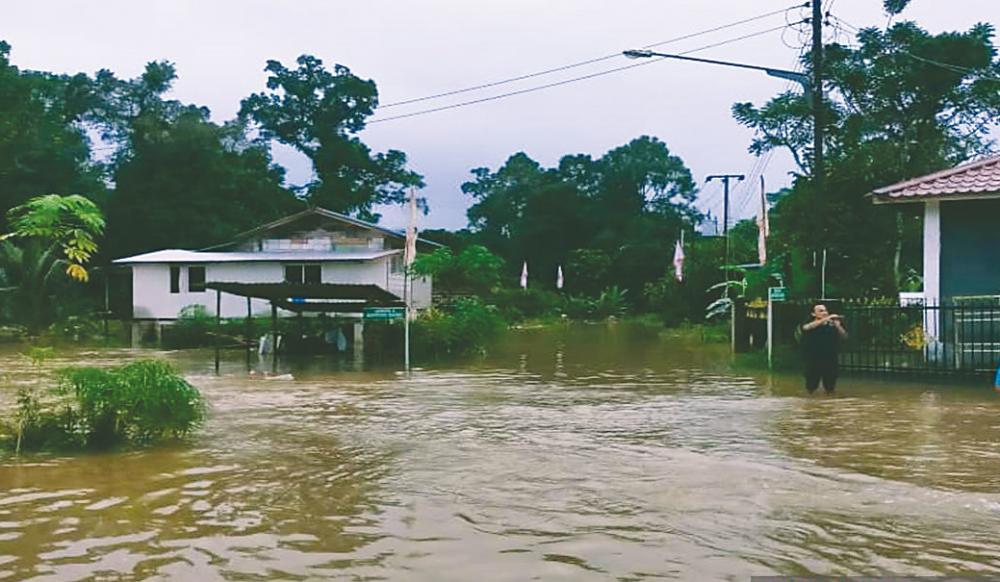WHENEVER there is a flood, we always hear that it is due to climate change.
However, rain is part of the equation for Malaysia, a country that thrives within a tropical rainforest climate. Monsoons, El Nino, La Nina and other regional weather patterns are part and parcel of our climate.
We need to take note that pristine virgin forest gives the “sponge effect” using natural peat soil and delays the flow of surface runoff. Similarly, we have natural flood mitigation features such as lakes, ponds, wetlands and fresh water swamps that play a vital role.
Human civilisation that develops closer to water sources such as rivers do get exposed to flooding risk. We can also see that the natural flood mitigation areas have been removed and replaced with smaller retention ponds in the past few decades. Degazetting forest reserves, opening up new mining projects and quarries, logging as well as large monocrop plantation do worsen the flooding.
It is estimated that the government needs to spend RM392 billion on measures to mitigate flooding due to climate change by 2100. Before a flood mitigation plan is implemented, the solution will be modelled and design safety factor will be incorporated to ensure the project is functional. Unfortunately, when the surrounding land-use changes after the project is completed, it may not be able to function according to the design capacity. This is because the project was not designed to cope with surface runoff above the design capacity due to land-use change.
Similarly, a flood mitigation project is designed to handle local area flooding. What happens when the entire river basin area is receiving rainfall? Many mitigation projects will not be able to cater to the high surface runoff capacity flowing downstream.
It is important that prediction of floods and droughts to develop suitable mitigation actions are done with more dynamic approaches. It is vital to simulate past erratic weather patterns and current flood situations. This simulation is to predict changes in weather pattern and to identify if there is any impact from climate change and the degree of interference. This is vital as we must not confuse with other seasonal weather pattern that is not an annual affair with climate change.
Why it is important to determine if there is a predictable pattern of change? If there is a clear pattern it will assist to estimate mitigation project design with a recommended safety factor so that the cost can be optimised. In case there is no direct pattern, it will lead to high cost mitigation measures as we need to place higher safety factor in mitigation project design.
While we are trying to mitigate the flooding risk, it is also important for the government to look into drought risk which can impact Malaysia as severe as the floods.
However, public infrastructure such as roads, bridges, electricity supply systems, treated water supply system, telecommunication systems, sewerage operation and other business and public premises that are located in areas which are predicted to face very high flooding risk need relocation and resettlement. This move will reduce infrastructure damage risk.
Finally, we still have people who cite “Act of God” as a reason for many human-induced damage. Since deforestation and loss of natural buffers for flood mitigation is another major factor that causes floods to get more severe every year, we need transparent data on the state of our forests.
While annual lip service is uttered on protection of natural capital, it is unfortunate that it does not materialise. Thus, the auditor general must investigate the rate of deforestation in the past 30 years and actual virgin forest reserve that is left. The report must also categorise forest according to its gazetting status and processes of degazetting.
“Life is like riding a bicycle. To keep your balance, you must keep moving.” – Albert Einstein
This article is contributed by Piarapakaran S, president of the Association of Water and Energy Research Malaysia, an NGO involved in research and development in the fields of water, energy and environment.













